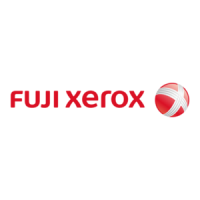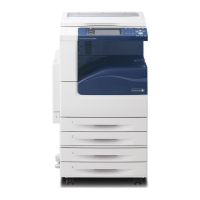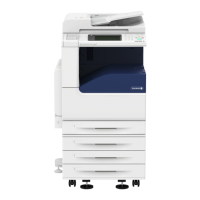Encryption and Digital Signature Settings
450
Encryption and Digital Signature Settings
13
E-mail Encryption/Digital Signature
S/MIME is used for E-mail Encryption/Digital Signature. To use S/MIME on the machine, S/
MIME certificates are used.
For an S/MIME certificate, you can use a certificate issued by another CA.
The personal certificates or the device certificates of destinations are required for
encrypted communications.
z
If the certificate for S/MIME contains an "email Address" or a V3 extension (keyUsage), "digitalSignature"
and "keyEncipherment" must be asserted. If the certificate contains v3 extension (extendedKeyUsage),
"emailProtection" must be set. For information on how to check it on Windows, refer to "How to check the
certificate settings on Windows" (P.447).
z
For information on the setting procedure, refer to "Configuration of E-mail Encryption/Digital Signature"
(P.457).
Encryption and Digital-Signature Features for Scan Files
Encrypting PDF/DocuWorks Documents
PDF and DocuWorks documents can be encrypted and protected by a password.
z
For information on how to encrypt PDF and DocuWorks documents, refer to "Scan" > "E-mail" > "File Format (Selecting a File
Format for Output Data)" in the User Guide.
Encryption/Digital Signature of PDF/ DocuWorks/XPS Documents
Digital signatures are available for PDF, DocuWorks, and XPS documents.
To use the digital signature, a device certificate is required.
For a device certificate, you can use any registered certificates.
z
XPS stands for XML Paper Specification.
z
If the certificate for digital signature contains the V3 extension "keyUsage", "digitalSignature" must be
asserted. For information on how to check it on Windows, refer to "How to check the certificate settings on
Windows" (P.447).
z
For information on the setting procedure, refer to "Configuration of PDF/DocuWorks/XPS Signature (ApeosPort Series Models
Only)" (P.462).

